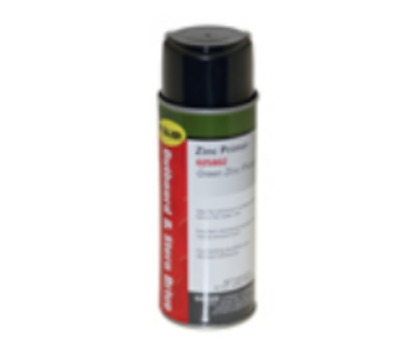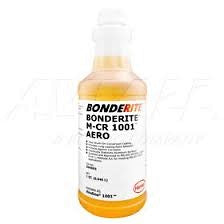- Joined
- Oct 5, 2010
- Messages
- 1,043
In most of my machine restoration I deal with steel and iron. My current project has several large aluminum castings. I tend to use Rustoleum products due to their easy availability. Rustoleum's aluminum primer is water based, it is difficult to spray and I hate dealing with it. The machine is a cold saw and is going to see a lot of coolant and abuse, so I am very concerned about the paint sticking.
The question is: Is there a specific paint and primer combination I should be using? My default is going with Rustoleum auto primer and standard Rustoleum paint. I would appreciate any advice in this area
The question is: Is there a specific paint and primer combination I should be using? My default is going with Rustoleum auto primer and standard Rustoleum paint. I would appreciate any advice in this area




 I am amazed at how little information there is on some of the suggested products. I never could find instructions for use on Bonderite, etc. They strike me as professional grade products that should require special procedures and applications.
I am amazed at how little information there is on some of the suggested products. I never could find instructions for use on Bonderite, etc. They strike me as professional grade products that should require special procedures and applications.